The spin speed in the washing machine does not pick up
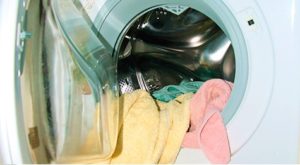 There are often cases when the washing machine does not pick up speed during the spin cycle. Outwardly, everything is in order, the machine still washes, carrying out all stages of the washing program: the wash itself, rinsing and spinning. The program completes on time, and the self-diagnosis system is silent, not producing any system errors. But still something is wrong. And this becomes clear when we remove completely wet things from the drum.
There are often cases when the washing machine does not pick up speed during the spin cycle. Outwardly, everything is in order, the machine still washes, carrying out all stages of the washing program: the wash itself, rinsing and spinning. The program completes on time, and the self-diagnosis system is silent, not producing any system errors. But still something is wrong. And this becomes clear when we remove completely wet things from the drum.
It is understandable that if the drum speed drops or does not increase at all, then there will be no normal spin. Why this happens, we will try to understand this issue on the page of this publication. Just in case, “we’ll warn you on shore,” if you have problems with your equipment, it’s better to contact a specialist; don’t get into the body of the washing machine to avoid even bigger problems.
Problems with washing machine control
Some people find it difficult to get used to a new washing machine. There is nothing scary about this, the main thing is not to be too self-confident and first read the instructions, and only then try to wash it. But more often it happens the other way around: people will first launch the wrong program, argue about why the new washing machine spins so much worse than the old one, and only then they begin to figure out what’s what. There are quite common washing programs that work without spinning at all or with spinning at low speeds, for example:
- delicate fabrics;
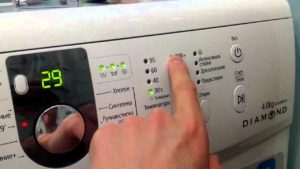
- wool;
- silk;
- baby's clothes.
If you accidentally turn on one of these programs, do not expect the washing machine to spin your clothes properly. Also, almost all modern washing machines have a “no spin” or similar button in their arsenal.If you accidentally pressed it or it was pressed previously, the washing machine will simply skip the spin phase, regardless of the washing program you selected.
Some brands of washing machines have a special “no drain, no spin” button, which is specifically designed for cases when ultra-delicate items only need to be washed and rinsed.
Drive belt damage
The information in this paragraph is intended for owners of washing machines with a drive belt and a commutator motor. If you have a washing machine with an inverter motor (for example, LG), you can skip this point. So, in washing machines with a drive belt, the revolutions of the commutator motor are transmitted to the drum pulley through this very belt. If the belt is not tensioned well, slippage occurs, causing the engine to be unable to spin the drum to the required speed.
There are times when the belt breaks or falls off, but then the washing machine will not run a single washing program, let alone spin. So we will only consider cases where the belt has simply stretched. To check the drive belt, do the following.
- We prepare the washing machine for disassembly and take it out to a free place.
- Using a screwdriver, unscrew the fasteners that hold the back wall, after which the wall must be removed.
- We check the tension of the drive belt by trying to bend it with our hands and turn the pulley.

If the belt bends easily and tries to slide along the pulley, it means it is too stretched. A washing machine will never be able to spin clothes with such a drive belt - the part must be replaced. About, how to change the belt on a washing machine you can read in the article of the same name, everything is described there in great detail. The main thing is to buy an original drive belt and change it strictly according to the instructions. After replacing the belt, the drum rotation speed should increase steadily.
The tachometer or motor is faulty
In addition to the drive belt, the culprits for the above breakdown may be the tachometer or the engine itself. The check should start with the tachometer, since it is the sensor that determines engine speed that most often fails, although the lead in this anti-rating belongs to the drive belt. So, to check the Hall sensor, you need to do this:
- pull the drive belt off the pulley and remove it so that it does not interfere;
- we photograph the wires suitable for the engine and tachometer, so that later, when we put them back, we don’t confuse anything;
- remove the wires to free the motor and Hall sensor;
- unscrew the screws that hold the engine in the mounts;
- we press on the motor body, as if pushing it inward, it should move back a little, if this does not happen, lightly hit the pulley with a hammer;
- we pull off the motor and pull it out of the washing machine body;
- remove the Hall sensor from the engine (a small part similar to a ring);
- We place the multimeter probes on the contacts of the part and measure the resistance; values of 1 and 0 indicate a malfunction of the sensor.
The Hall sensor must be replaced with an original one, despite the fact that the market offers a considerable number of substitutes.
In addition to the sensor, the washing machine motor may be faulty. By the way, commutator motors that are installed on washing machines are far from the most fragile, in some cases they can even be called reliable, but they also fail. Electric motors of this type have two weak points: the stator winding and brushes.You can easily replace the brushes with your own hands, but if the winding breaks, you will have to replace the entire motor, since rewinding it will cost even more.
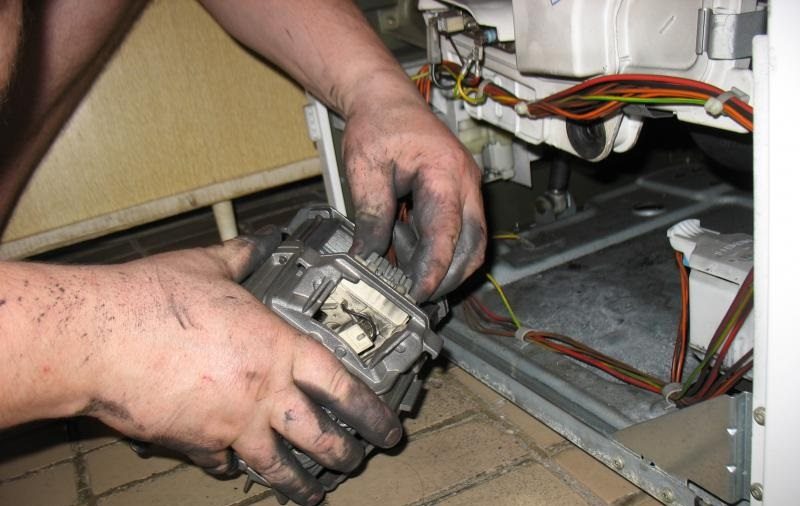
First, let's check what is simpler, namely the brushes. There are small bolts on the side of the motor housing; use a screwdriver to unscrew them, and then pull out the spring-loaded brushes. Then everything is simple, if the brushes are intact, there is no need to change them, but if at least one of them is shorter than the other, we change the two brushes together. This is exactly the case when parts are changed in pairs at once, despite the fact that one may turn out to be completely intact.
Now it's time to pick up the multimeter again and check the motor winding for breakdown. It should be noted that the matter will have to be approached scrupulously, since the breakdown may be on just one turn, and not on several, and it is not so easy to find it. Due to a broken turn, the engine loses power and cannot reach the required speed, although outwardly it looks quite serviceable.
Note! An indirect sign of a broken winding is a burning smell, so before disassembling the engine, sniff it.
Something with the electronic module
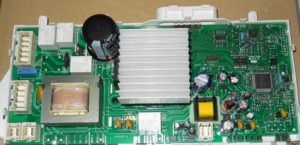 If you suspect that the electronic module of the washing machine has broken down, it is best not to mess with it, but to immediately contact a technician who specializes in such parts. The technician will remove the control module, conduct professional diagnostics and tell you whether the part is broken or not. If the part is broken, the technician will evaluate the possibility of repairing the module or, if repair is no longer practical, will recommend replacing it.
If you suspect that the electronic module of the washing machine has broken down, it is best not to mess with it, but to immediately contact a technician who specializes in such parts. The technician will remove the control module, conduct professional diagnostics and tell you whether the part is broken or not. If the part is broken, the technician will evaluate the possibility of repairing the module or, if repair is no longer practical, will recommend replacing it.
Very few people can repair the control module of a washing machine on their own, so we won’t give you hope. In this case, you are more likely to damage the washing machine than to repair it.
In conclusion, I would like to note the following. There are any number of situations when a washing machine, for some reason, cannot spin the drum to the required speed during spinning, and in almost every case, there is some kind of reason. Our experts advise not to be lazy and immediately start searching for the cause of the problem, according to the algorithm presented in this article. Good luck!
Interesting:
1 reader comment
Add a comment Cancel reply
Categories
Washing machine repair


For buyers

For users

Dishwasher

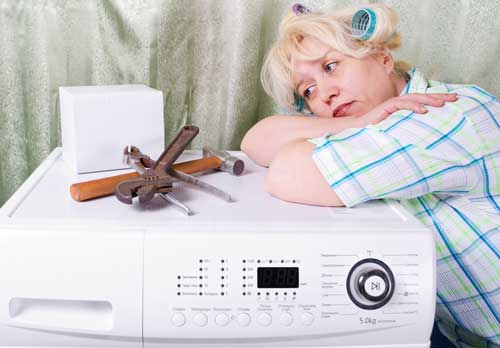


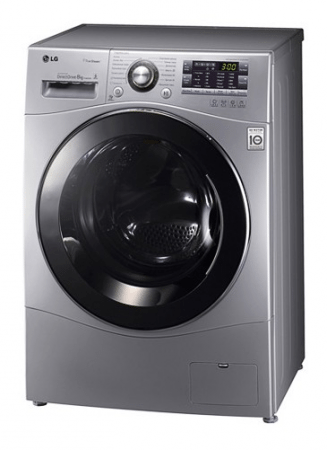

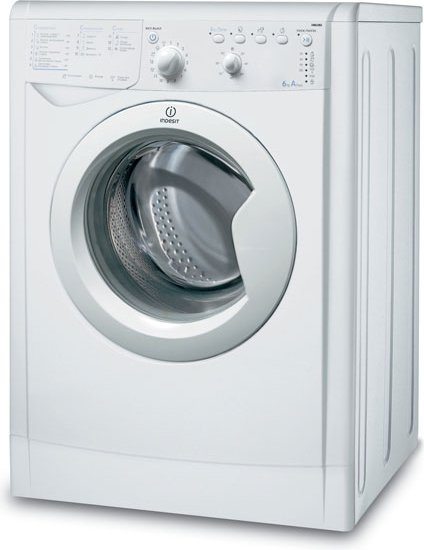










I put the wash on and the first spins went well, I put it on the extra spin, it doesn’t speed up the spin, maybe the motor burned out, and now only the low-speed winding works?